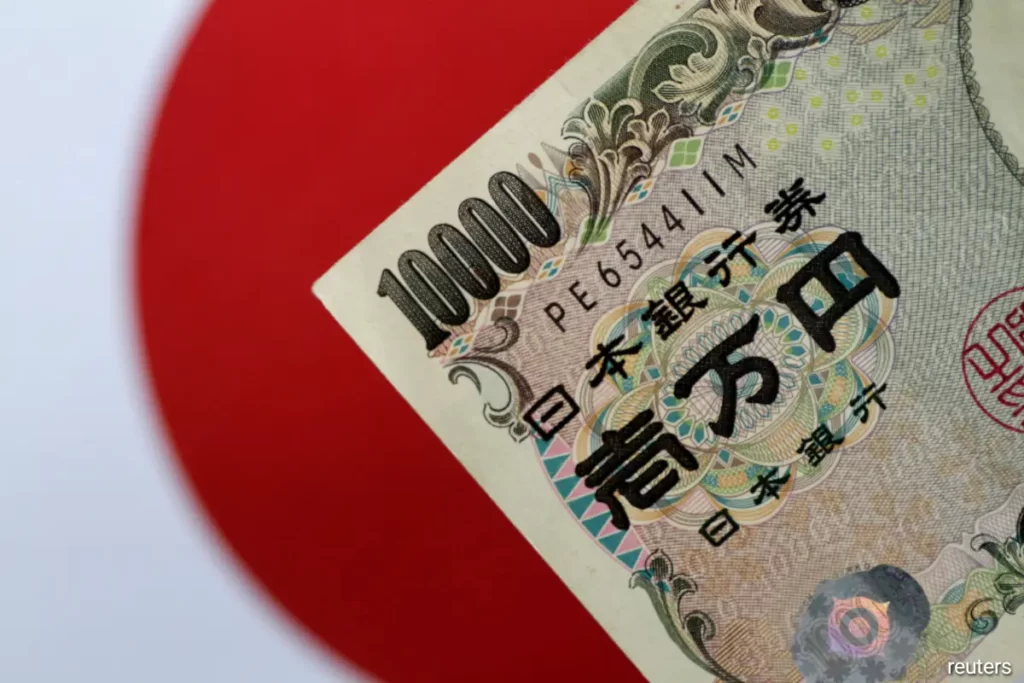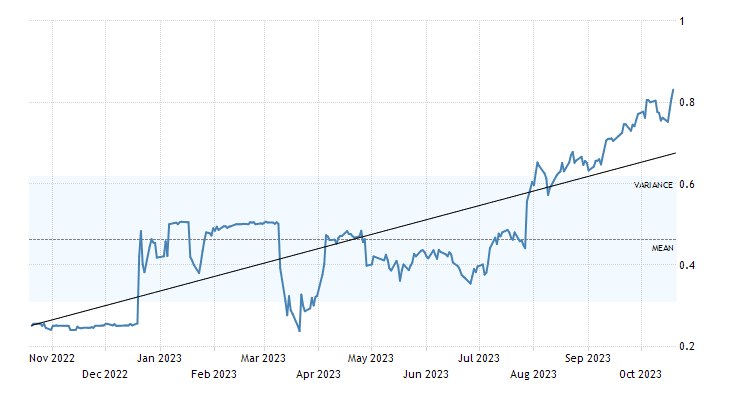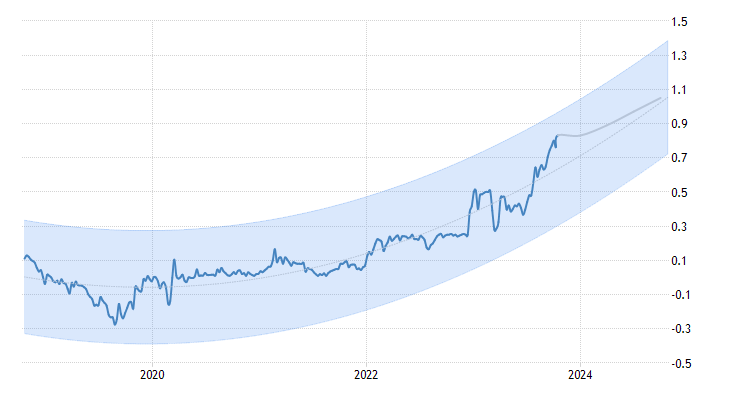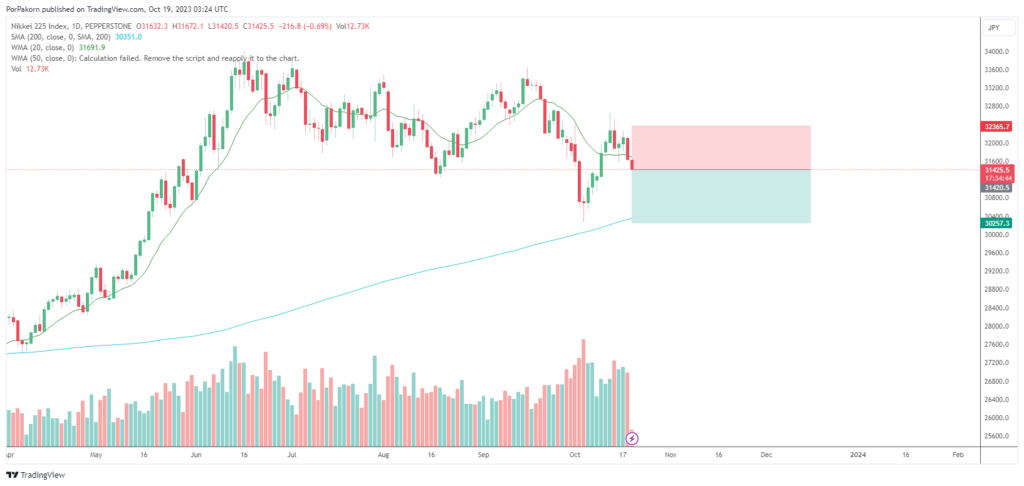Introduction
In the intricate world of global finance, Japan’s 10-year government bond yield has recently taken center stage, rising above the significant 0.8% threshold, marking its highest level in a decade. This surge comes on the heels of a global rally in bond yields, fueled by stronger-than-expected economic data in major economies. The implications of this development are far-reaching, as it reinforces the belief in a higher-for-longer interest rate scenario. While the Japanese authorities have signaled their intent to curb excessive increases in bond yields not substantiated by inflation expectations, the bond market remains a pivotal factor in Japan’s economic landscape. In this comprehensive analysis, we delve deep into Japan’s bond market, the recent Bank of Japan interventions, and their potential impact on Japan stock signal.

Unveiling Japan’s Bond Market Dynamics
The Japanese Government Bond (JGB) market has historically been a linchpin in the nation’s monetary policy and financial landscape. For over a decade, Japan has grappled with a low-yield environment, characterized by ultra-low interest rates, a situation exacerbated by the Bank of Japan’s aggressive monetary policies. These policies aimed to stimulate the economy but also led to a prolonged period of low bond yields.
To understand the recent developments, it’s essential to explore how Japan reached this juncture in its bond market.

The Pinnacle of a Decade: JGB Yields Cross 0.8%
The recent surge in Japan’s 10-year government bond yield to levels exceeding 0.8% marks a significant shift. It reflects a broader trend in global bond markets where yields have risen due to robust economic data in major economies. This development carries substantial implications, not only for Japan’s economy but also for the broader financial landscape.
Now, let’s dive into the key factors behind the sudden surge in JGB yields.
The Global Bond Rally and Its Impact
The global bond rally, triggered by stronger-than-expected economic data, is a significant catalyst for Japan’s JGB yields. As major economies recover from the pandemic-induced downturn, expectations of higher interest rates have gained momentum.
To better understand this dynamic, we must explore how global events are influencing Japan’s bond market.

Japanese Authorities’ Response
In light of the soaring JGB yields, Japanese authorities have made it clear that they intend to restrain excessive increases not substantiated by higher inflation expectations. Late in September, the Bank of Japan took action by purchasing 300 billion yen worth of bonds with maturities between 5 and 10 years, aimed at bringing down yields. Moreover, they have announced further bond purchases to mitigate the yield surge. However, the impact of these measures remains a subject of scrutiny.
Let’s examine how the Bank of Japan’s actions have influenced the bond market and what it means for investors.

The Bank of Japan‘s Policy Shift
This surge in JGB yields traces back to late July when the central bank relaxed its grip on interest rates. It allowed the 10-year JGB yield to surpass the previous 0.5% upper limit, while simultaneously implementing an unofficial cap at 1%.
This change in approach marked a pivotal shift in Japan’s monetary policy, and we need to understand how it affects the bond market.
Implications for Investors
The confluence of these events holds critical implications for investors, both in Japan and globally. Rising bond yields can influence a wide range of investment decisions, and the consequences of this yield surge are especially relevant to those interested in the Japan stock market.
Let’s delve into how Japan’s bond market dynamics can influence stock signals and investment strategies.
Analyzing the “Japan Stock Signal”
The Japan Stock Signal is a crucial indicator of the nation’s economic health and investment opportunities. It encompasses various factors, and the performance of the bond market is intrinsically tied to it.
To fully grasp the connection between the bond market and stock signals, we must analyze this vital link in the Japanese financial ecosystem.

Expert Advice on Navigating the Current Landscape
As experts in the field of finance, we recognize the significance of staying well-informed and making prudent investment decisions. In the current context, where Japan’s bond market is experiencing a seismic shift, it’s essential to remain vigilant and adaptable.
Let’s explore expert advice and strategies for investors seeking to capitalize on the evolving financial landscape.
Diversification and Risk Management
Diversification and risk management are fundamental principles in investment. With the changing dynamics in Japan’s bond market, astute investors are revisiting their portfolios and risk strategies.
We will now discuss the importance of diversification and risk management in light of Japan’s evolving financial scenario.
Conclusion
In conclusion, Japan’s 10-year government bond yield’s ascent to above 0.8% is emblematic of the complex and dynamic nature of global financial markets. The interplay between the Bank of Japan’s policy shifts, global economic trends, and the implications for Japan’s stock signals presents a multifaceted picture for investors. By staying informed and adopting adaptable investment strategies, one can navigate this evolving landscape with confidence.
As we wrap up this comprehensive analysis, remember that the financial world is ever-changing, and adaptability is the key to success in these dynamic times.






Thank you for your sharing. I am worried that I lack creative ideas. It is your article that makes me full of hope. Thank you. But, I have a question, can you help me?